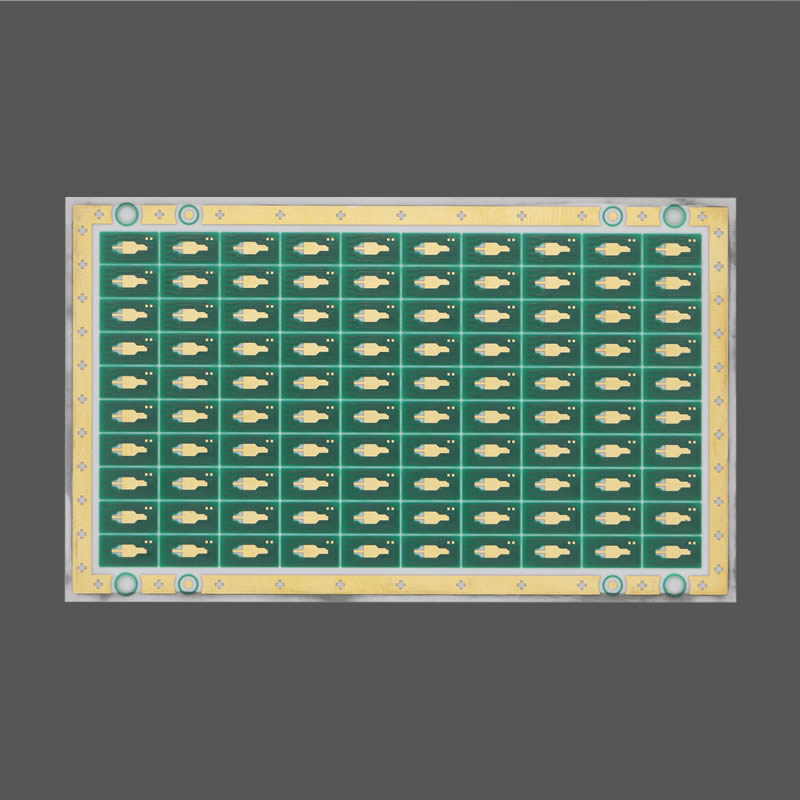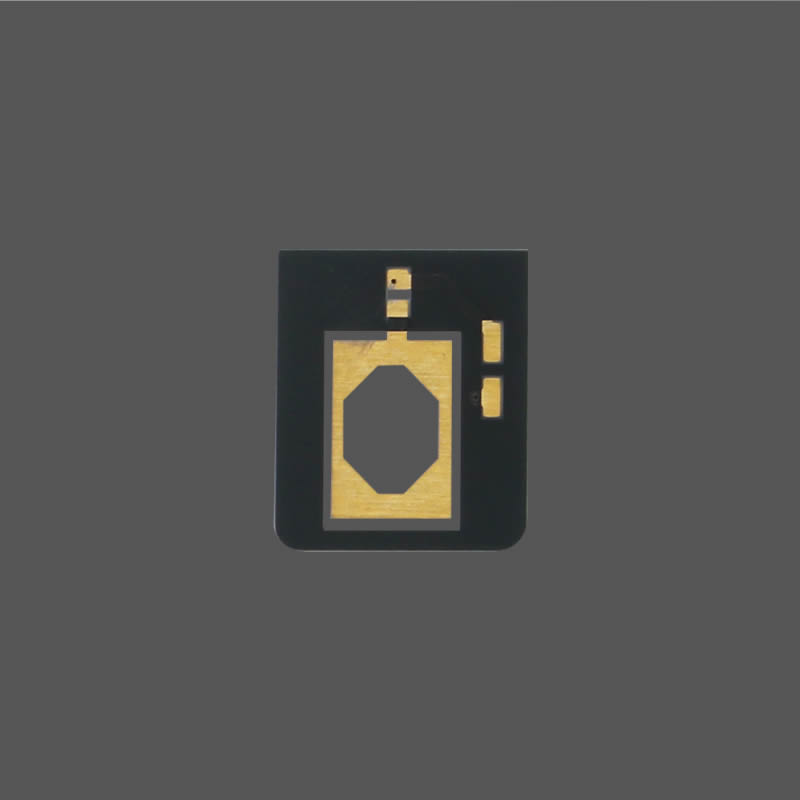Ceramic DPC technology: the future choice for high-performance electronic packaging
(Direct Plating Copper)

With the development of increasingly miniaturized, high-performance and high-power density electronic products, traditional packaging materials and processes are gradually unable to meet the high requirements of heat dissipation and electrical performance. In this context, ceramic substrates have gradually become ideal materials in electronic packaging, and DPC (Direct Plated Copper) technology has become an ideal solution for high-power electronic product packaging with its high precision, high conductivity and excellent heat dissipation performance. This article will explore the advantages, application scenarios and future development potential of ceramic DPC technology in depth.
1. What is ceramic DPC technology?
Ceramic DPC technology is a manufacturing method that directly plates metal copper on a ceramic substrate through a high-precision photolithography process. This process can form fine copper conductive lines on the surface of the ceramic substrate, providing excellent electrical and thermal performance. Compared with traditional screen printing technology, DPC technology can achieve finer patterns and better conductivity, while having excellent mechanical strength and high temperature resistance, which is very suitable for high-power and high-density packaging applications.
2. Advantages of Ceramic DPC
High-precision circuit design Ceramic DPC technology uses photolithography and electroplating processes to achieve micron-level line width and spacing on ceramic substrates, which makes it very suitable for the design of high-density integrated circuits. Compared with screen printing technology, DPC can achieve higher line accuracy and more complex circuit structure, thus meeting the miniaturization and high-performance requirements of advanced electronic products.
Excellent conductivity and heat dissipation DPC technology deposits copper on ceramic substrates by direct electroplating to form a continuous conductive layer with extremely high conductivity. The ceramic substrate itself has excellent thermal conductivity. Combined with the DPC process, it can effectively dissipate heat in high-power devices, extend the service life of the device, and improve the reliability of the system.
High durability and mechanical strength The mechanical strength of the ceramic substrate enables it to remain stable in extreme environments and is not easily affected by external mechanical stress, temperature changes or chemical corrosion. Therefore, DPC ceramic substrates have extremely high durability and are suitable for use in demanding industrial applications such as automotive electronics, aerospace and defense.
Adapt to high-frequency applications With the development of high-frequency communication technologies such as 5G and millimeter-wave radar, electronic products have higher and higher requirements for substrates. DPC ceramic substrates perform well in high-frequency environments, have extremely low electrical losses and excellent electrical insulation, and are ideal for high-frequency applications.
3. Main application areas of ceramic DPC
High-power LEDs and lasers DPC substrates are widely used in high-power LED and laser packaging due to their excellent thermal conductivity and heat dissipation capabilities. The efficient heat dissipation performance enables it to effectively reduce chip temperature, thereby improving the light output efficiency and service life of LEDs and lasers.
High-frequency communication and radar equipment In 5G communication and millimeter-wave radar systems, DPC ceramic substrates can provide excellent signal integrity during high-frequency signal transmission due to their low dielectric constant and low loss characteristics. Its high-precision circuit manufacturing capabilities also enable these systems to maintain stable performance at high speeds.
Automotive electronics and power modules With the rapid development of electric vehicles and intelligent driving technology, automotive electronic systems have increasing requirements for reliability and heat dissipation performance. DPC ceramic substrates show excellent performance in high-temperature, high-power applications such as automotive power modules and motor drivers, which can effectively improve the stability and durability of the modules.
Medical equipment and sensors The high precision and high reliability of DPC substrates make them widely used in medical electronic equipment and precision sensors. For example, in high-demand medical imaging equipment, DPC substrates can provide reliable signal transmission and data processing capabilities.
4. Future development direction of ceramic DPC technology
Higher precision circuit design As the functional complexity of electronic products increases, future DPC technology will develop towards higher circuit accuracy and integration. By improving photolithography and electroplating processes, DPC is expected to achieve nanoscale circuit manufacturing and provide support for more miniaturized high-performance electronic products.
Material innovation Although the current DPC substrate mainly uses copper as a conductive material, with the advancement of material science in the future, more materials with better conductivity or better heat dissipation performance, such as silver or new alloys, may be introduced to further improve the comprehensive performance of DPC substrates.
Large-scale mass production and cost control Although DPC technology has significant performance advantages, its production cost is relatively high. With the maturity of the process and the optimization of production equipment, the cost of DPC ceramic substrates is expected to decrease in the future, enabling it to be promoted and applied in a larger market.


Conclusion
Ceramic DPC technology has become an ideal solution for high-power and high-frequency applications with its high-precision circuit design, excellent conductive and heat dissipation performance, and excellent mechanical strength. As electronic products are increasingly moving towards miniaturization, high performance and high reliability, DPC technology will play a more important role in the future electronic packaging market, especially in the fields of 5G communications, automotive electronics, power modules, etc. It is believed that with the continuous optimization of processes and innovation of materials, DPC technology will continue to lead the trend in the future development of electronic packaging and provide solid technical support for more demanding applications.
 GIM
GIM